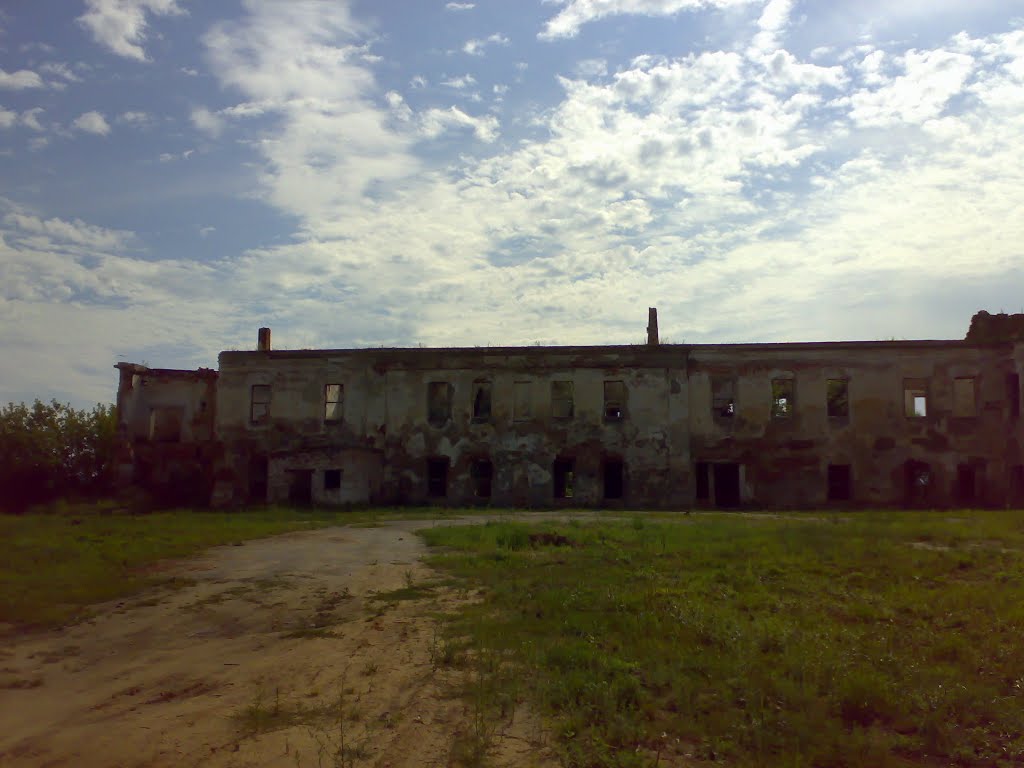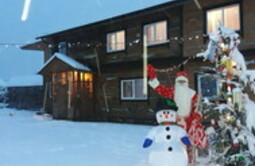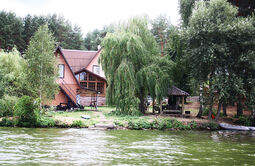Bykhov castle
Bykhov (Mogilev oblast) is the only preserved in Belarus, the castle-fortress of the 17th century. Many tourists visit the castle, thanks to its rich history. The city the city was first mentioned in the 14th century, then came his first defensive structures and neighborhoods. Huge shaft with bastions, ravelins and a moat protected the city and glorified it as an impregnable fortress.
The history of the castle
The castle was built by Jan Karol Chodkiewicz in the 17th century as a country residence. The king gave him a Charter for the construction of the castle fortifications made of stone Bykhov, and to 1619, was practically a finished construction of the castle on the right Bank of the Dnieper.
Throughout its history Bykhov castle suffered many assaults and sieges. It housed a military garrison, subordinate to the Governor, numerous weapons and ammunition. Castle gunsmiths produced weapons and metal armor, which was in demand not only in Belarus. Here made grenades, grapeshot charges, cannons and cannonballs. Not surprisingly, the castle in Bykhov became a powerful fortress, which during the war of Moscow and the Commonwealth proved their strength. During the long war of 1654-1657 years, the fortress was besieged, as a result, she suffered. The explosion of the Arsenal even more shattered state of the castle.
In the early 18th century Bykhov castle finally fell after two sieges by the troops of Peter I. For seven years it was occupied by a Russian garrison.
Soon the fortress was restored, but after the Belarusian territories into the Russian Empire , the city lost its importance as a border town. Soon lost its strategic importance and the castle.
During the second world war the fortress had been a German headquarters, where he was tortured and killed Jews. Some locals say that in the basements and underground passages to the present day are the unburied remains.
Architecture
On three sides of the Bykhov castle was surrounded by moats and earthen ramparts, and its strengthening was a defensive tower. Along with the walls and towers of the fortress was a Palace complex with crown hall on the second floor, where were held the meetings of senior officials, meetings and balls. In the middle part of the main building was a watch tower. Palace buildings were added barracks and defense towers.
When the castle came into the possession of the authorities, it was substantially rebuilt. The building was made in the form of an irregular rectangle, having a size of 77*100 meters. The castle was separated from the city by moats and enclosed by an earthen rampart. It was a whole complex of residential and commercial buildings that were located along its perimeter. To get into the building was via a wooden bridge through the gate.
Bykhov castle today
Today, the castle tourists can see fragments of it. The restoration of a unique Belarusian construction of the beginning of the 17th century are planning to spend at the expense of local and Republican budgets. The revival of the monument would increase the popularity of the city from the point of view of tourism, and a walk along the Dnieper from Smolensk fortress to Bahovskoj could become a favorite tour among Belarusians and Russians.




